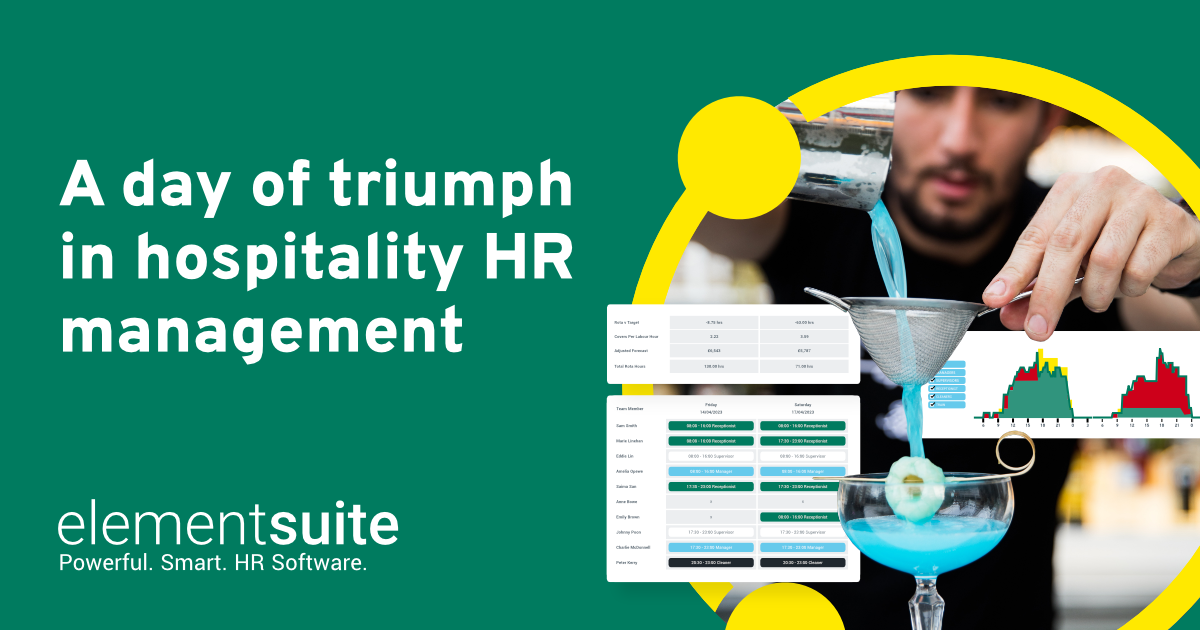Everyday, HR professionals sift through mountains of people data, mining for valuable insights to propel their organisations forward. Yet, without the ability to captivate, persuade, and inspire through effective HR data storytelling, these insights remain mere numbers displayed on a screen.
The power of HR data storytelling
From the earliest days of humanity, stories have been used to pass down knowledge from one generation to another. They have the power to connect us, make complex topics tangible, and engage people on an emotional level.
In their illuminating book, “Made to Stick: Why Some Ideas Survive, and Others Die,” Chip and Dan Heath offer a compelling statistic: “After a presentation, 63% of attendees remember stories. Only 5% remember statistics.”
The lesson is clear – facts and figures alone don’t engage stakeholders. To make your organisation’s people-related insights ‘stick’, you must craft a powerful story that brings them to life.
Crafting your story
Think about your favourite story, be it a novel, a film, or a cherished anecdote. At the heart of every one of those stories lies a protagonist confronting a challenge.
So, before you start with anything, ensure you understand what business challenge you are trying to solve. Is it to overcome a high turnover rate in a specific department? To understand what compensation and benefits employees prefer? Or to better understand the location that needs additional support in boosting performance?
Without the knowledge of the business problem you are trying to address, the HR metrics and insights you will be looking for and presenting may not be impactful.
Here, the classic storytelling framework known as Freytag’s Pyramid comes into play. Using the example of high employee turnover in an operations department, your HR data story should follow this structure:
- Exposition: Begin by setting the stage for your HR data story. Explain the current situation in your operations department, such as a high turnover rate affecting productivity and morale.
Example: “In our operations department, we’ve been facing a persistent challenge – a high turnover rate. This issue has disrupted our workflow and raised concerns among our team members.”
- Incident: This is where you specify the problem you’re addressing, making it clear and compelling.
Example: “Our analysis reveals that our turnover rate in the operations department is significantly higher than the industry average, and key representatives are leaving the company at an alarming rate. This is disrupting sales operations and eroding customer relationships.”
- Rising Action: Describe the steps to analyse the data and uncover insights.
Example: “To tackle this issue, we delved deep into our HR metrics, examining factors like employee demographics, job satisfaction, and reasons for attrition.”
- Climax: This is the pivotal moment where you present the most impactful insights from your data analysis.
Example: “Our analysis has pinpointed a concerning trend – a significant number of employees in key roles are leaving within the first year of employment, indicating a potential problem with onboarding and retention strategies.”
- Resolution: Conclude your story by outlining actionable steps that can be taken to resolve the challenge.
Example: “To address this challenge, we propose a comprehensive onboarding revamp, mentorship programs for new hires, and regular check-ins to ensure employee satisfaction and engagement. These measures aim to reduce turnover and improve overall departmental performance.”
Data that speaks to your audience
Framing the narrative is only one part of the puzzle. The next part of the story involves crafting your data to speak directly to your audience. This can be achieved through selecting the right visuals and language in accordance with your audience.
The last thing you want to do is present your HR data with complicated charts and analytics jargon to an audience who are not data-savvy. So, you must have a good understanding of the people analytics knowledge and expertise of your audience before you put together your presentation.
Suppose we keep to the business objective of the turnover rate in the operation department. In that case, your primary audience is likely to be senior leaders and management of the operation department, who will likely not be analytics experts or HR experts. Therefore, you will want to opt for clear and straightforward visuals like bar charts, pie charts, and line graphs. The language you use to communicate these insights will also be HR and mathematically jargon-free.
Data visuals can either serve as signposts, guiding your audience toward the insights you wish to convey, or they can leave them confused. To avoid the latter, choose your colours judiciously. For instance, when depicting turnover rates per role in the operations department, standardise colours for most positions and highlight the role with the highest attrition using a distinctive colour marker.
Also, make sure you title your visuals, have clear labels for the x and y axis, and use an easy-to-read size and font for text. This guides the audience and helps them to identify the insights they need to take away from your presentation.
Elevating HR’s influence
The examples above show how HR leaders and professionals can use data storytelling to create a powerful narrative that resonates with stakeholders. Storytelling has always been an integral part of HR, but with the right enterprise HR software, it’s now easier than ever for HR professionals to retrieve and make their insights come alive.
By presenting a compelling story, HR can elevate its influence in the organisation and gain buy-in from senior stakeholders for decisions on people-related issues. Only then will HR be able to drive real organisational change and help the business reach its full potential.
Taking a data storytelling approach to HR insights ensures your voice is heard across the organisation. So make sure you understand the business challenge you are trying to solve and craft your data visuals to create a robust and lasting impression. With this approach, you can take your rightful place as key decision-makers in driving organisational change.




